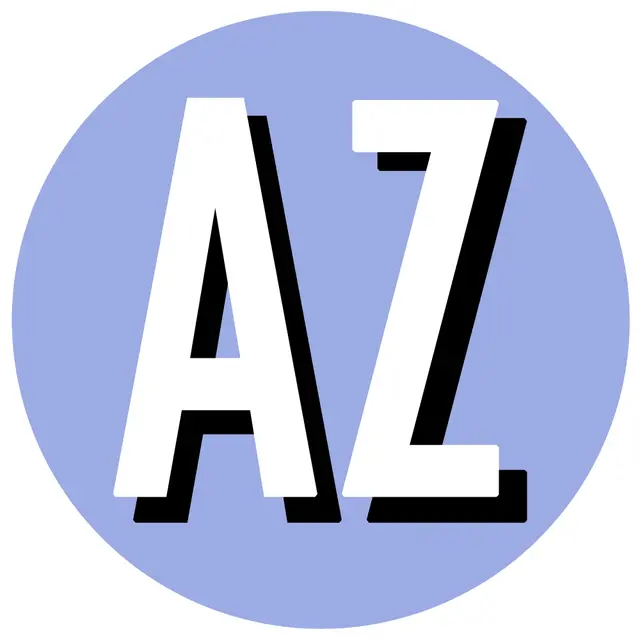
Reviews of the first edition of The Dictionary of Urbanism
"Unique and amazing... Highly recommended."
"A pleasure from beginning to end... I found it perfect for my needs, giving information that I could have spent months tracking down by other routes."
"I have only had this book a couple of weeks, but already I wonder how we ever did without it."
"My unalloyed pleasure at this book derives from Cowan’s incredibly broad-church approach to urbanism, and his clear and concise definitions. Any dictionary that contains on the same page a reference to R&B legends Martha and the Vandellas, Marxism and master plan deserves one’s custom. "
"Lucinda Rogers' scratchy pen and brush line illustrations lift the book comfortably to design object status, fittingly for a book which is as much a statement of intent as a reference work. As suited to the urbanist architect's office as it is to the academic library – or smartarse urbanite's coffee table. Recommended. "
"That entries for subjects as diverse as the Artizans’ and Labourers’ Dwellings Act 1875, asbestos and the film Escape from New York can coexist in one volume is a reminder of the richness of the field, which alone would make this book worth celebrating. "
"One can tell how much the dictionary is being used by the frequency with which certain quotes turn up in essays."
